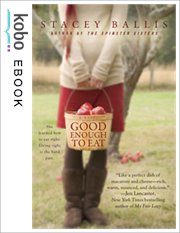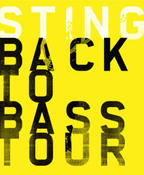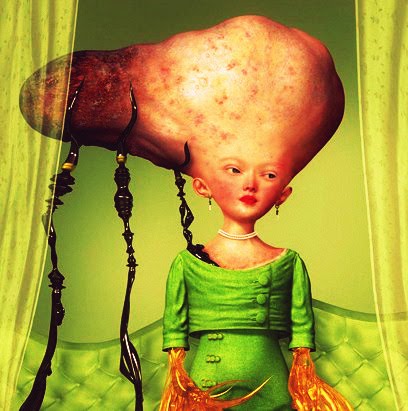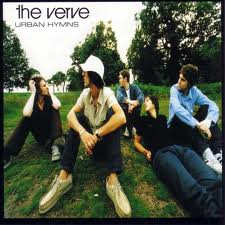Recently I realized there’s a definite pattern to the books that I’ve been writing. In some ways I suppose it’s obvious, but since it’s quite unintentional, it kind of caught me by surprise.
The female protagonists, and often the males as well, in at least two of my novels, and probably another three that I’ve outlined, are adults in their mid-thirties to early fourties, and who have, for one reason or another, chosen to put their energies into their career at the expense of finding love. Sometimes their single-minded focus on their careers is related to their backstory– something that happened to them in their family of origin or in their youth. Sometimes their avoidance or downplaying of love in their lives is due to their commitment to their career, but often to their backstory as well. Sometimes committment is the issue.
These things tend to get muddled together, and often there are issues characters don’t want to admit to or confront. Personally, I think this makes for interesting values-in-conflict story-telling, just like Randy Ingermanson recently wrote.
When it comes to career, we’re talking about identity. For modern working women, this is a complicated issue. I discuss this a bit in the Essay elsewhere on my website entitled: What is it about romance? I also think that this pattern is not uncommon, and that not all women talk openly about this issue with their friends. Men possibly not at all. For a serious, career-driven woman to admit that she is looking for love seems like a cop-out. It’s something that should “just happen” but never take one’s attention away from the all-important career. It feels like they are pandering to outmoded “fairy tales” from the past. Perhaps today, with internet dating sites, the whole “mate searching” problem has become more open and explicit than it was in my day. Even if women are open about wanting to find love as well as have their career, I think it remains a challenge for modern women to be comfortable with the idea that they place importance on finding true love without feeling like their identity as a professional woman is somehow compromised, or that they will be perceived as not “serious.”
Identity in conflict with a character’s essence is how Michael Hauge talks about the character arc in a plot. It reminds me of Maureen Murdock’s writing in The Heroine’s Journey. It differs significantly from The Hero’s Journey in that for men, there is only the quest. For women, there is both the quest and the hearth–the desire and need to nurture and have a family. Perhaps these two goals have always been in conflict for women through the ages, but the Feminist movement brought it into the light. I happen to think that in these Post-feminist times (and I mean that like Post-Modernism, the Feminism hasn’t gone away, we’re just living in the historical wake of a huge societal change) the challenge is all the greater because each successive generation of women openly discuss the rights we’ve come to expect less and less. So much is taken for granted, that I think individual women often struggle alone to come to terms with these conflicting values without the rhetoric to guide them.
In Murdoch’s view, the Heroine’s Journey is not linear, but rather circular, or perhaps spiral. A woman may begin the journey by rejecting the “mother” and embracing the strong “masculine” role for herself, but she cannot attain her ultimate essence until she takes a little detour down to the underworld of the primal Earth mother, embraces her essential feminine, and returns, having discovered the source of her own power. Only then can she come to terms with her own mother, internalize the strong male and emerge empowered as her true feminine self, as both a “warrior” and a “mother” figure (whether or not she in fact is or becomes a mother). (My sincere apologies to Maureen Murdoch if I’ve completely mangled her ideas in my attempt to distill and condense them here.) This “coming to terms with the essential power of the feminine” brings to mind the re-told stories of Clarissa Pinkola Estes in her Women Who Run with the Wolves. There’s a Jungian link between these two writers, so the connection is no accident. In any event, the journey is a bit more complicated for women. Murdoch suggests that any given woman may be stuck at, or experiencing, a particular place along this path, which raises certain issues and puts particular challenges before our heroine.
This is how I envision my heroines. Depending upon their individual story, I try to keep in mind what challenge they most need in order to take the next step toward their own happy ending, and find a way for that to happen in my stories. You may or may not recognize Murdoch’s Jungian stages in my stories, but they definitely help me trace each of my heroine’s journeys.









